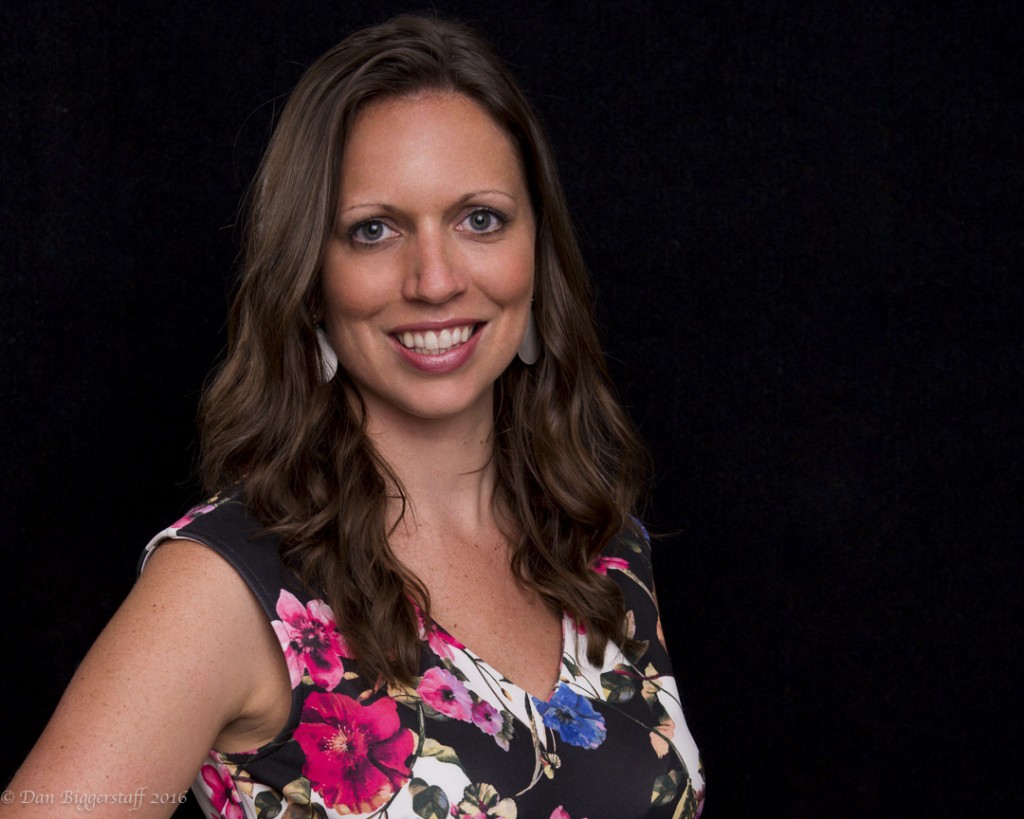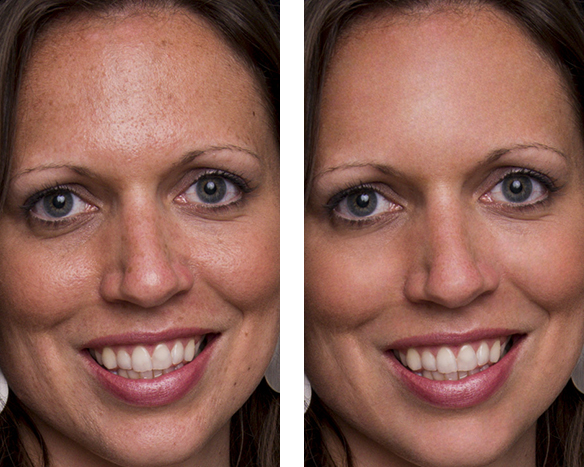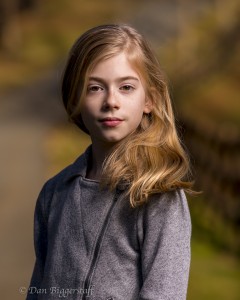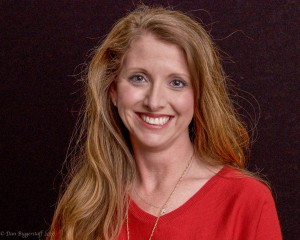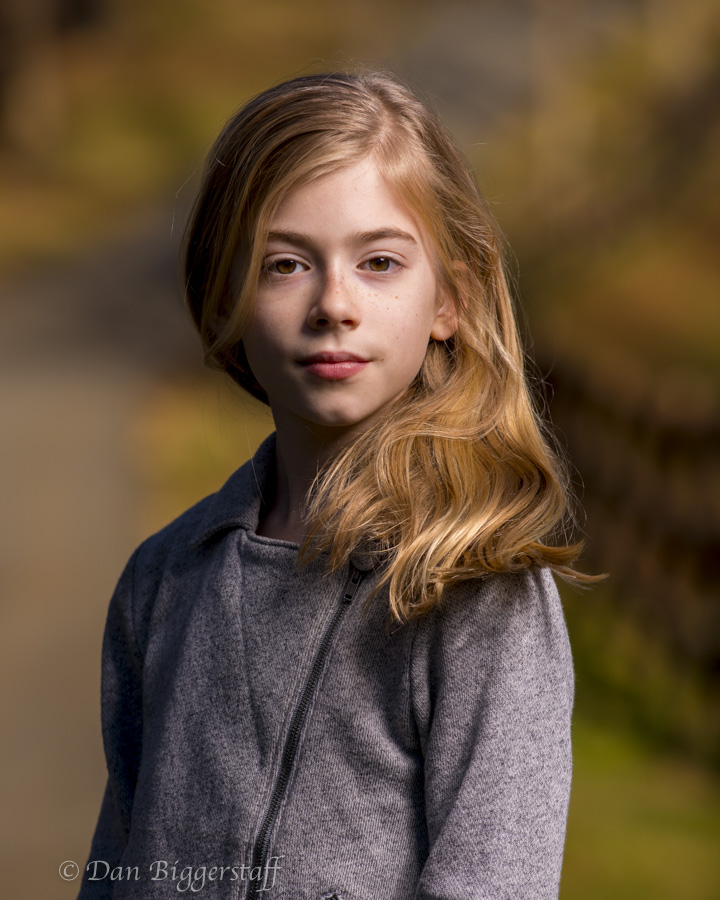Making the lighting of a subject look like it is coming from lights in the scene is a phrase used in the film industry and is called “motivating the practical.” Another form of lighting is to create a desired effect just for the sake of lighting the subject in a certain way. The worst type of lighting for photographs is on-camera flash which gives the classic “deer in the headlights” look. If you are using electronic flash, get the source off of the camera.
I recently attended a photography workshop conducted by Gregory Heisler. An on-line search of Mr. Heisler will result in numerous links, well worth your time for those interested in portrait photography. His work is amazing! Purchasing a copy of his book, 50 Portraits, is a small investment for the wealth of information you will receive. In addition to the amazing photographs, he provides interesting personal information about his famous subjects and thoughts on technique in each photo.
Greg was the one who introduced the phrase “motivating the practical” to me. Other concepts he promotes in photography include trying not to take the same photograph twice, whether it is one of his own or one that he has seen before. In fact, the only photographs he has on the walls of his studio and home are those of his girls. Once he has taken a photograph, he moves on to something else. When taking a photograph, he frequently frames the picture in the camera and then composes the content.
The light source(s) for a photograph can be divided into continuous and flash. Each has its advantages and disadvantages. The scope of this blog does not allow a detailed discussion of lighting, but continuous light sources allow you to see what you are getting. On the other hand, flash may emit a stronger light and is able to freeze motion. You may have to click on View Images at the bottom of the page to see these photos.
This photograph was taken using a tungsten bulb in an inexpensive reflector ($7.95) placed on the old-fashioned stove in front of the model. Our assignment was to photograph our model as an artist, musician, or writer. With my passion for cooking, the model was portrayed as a chef for a magazine cover.
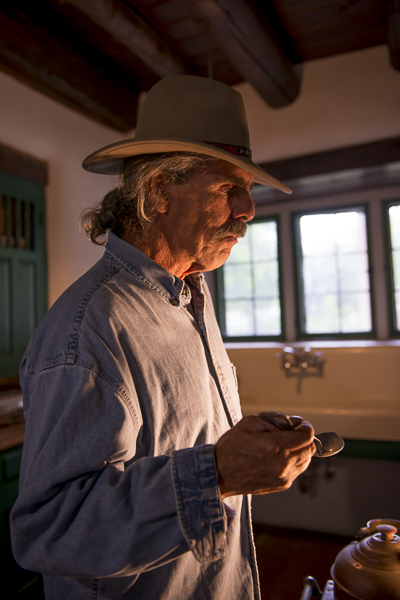
The lighting for this scene was ambient light coming through the door behind the model, along with a two-bulb fluorescent fixture purchased a local home-supply store. The vertical fluorescent bulbs were on a stand to the left of the model.
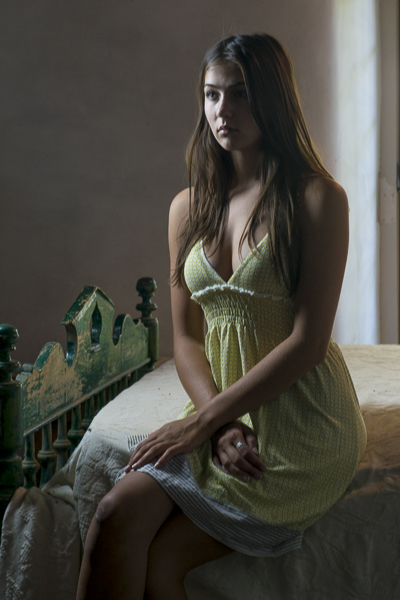
Rules are meant to be broken, so I did in this photo. The location for the shoot was a deserted power plant. The subject in this photo was a friend of a model who was on location at the shoot. I asked if she would mind being photographed, and she graciously agreed. At this point, my group was having technical difficulties with our studio flash, so I put the SB910 flash on my camera with a modifier called a RoundFlash. The RoundFlash effectively converts an on-camera flash to a ring light. This light is best used as a fill light, but I chose to use it as the primary light source in this photo.
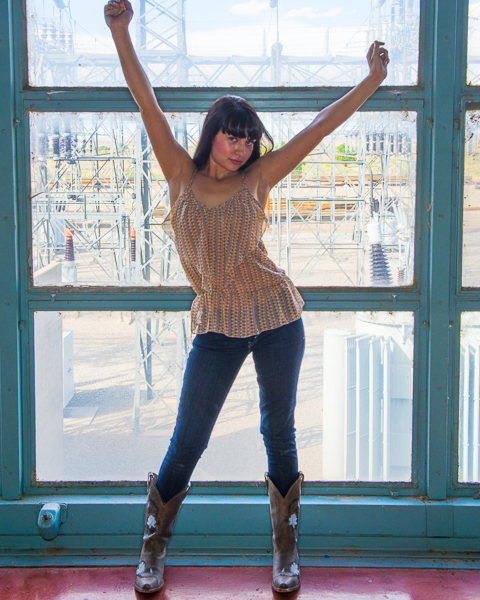
The last photo was taken on the second floor of a federal penitentiary that was closed many years ago. A gelled-studio strobe was on the first floor angled up to create the shadow of the bars and of the model on the ceiling. The camera was hand-held, and two images were made on the same frame in the camera. I envisioned this image on the cover of a CD album for a rock star. This “look” is not something I typically shoot but was just having fun.
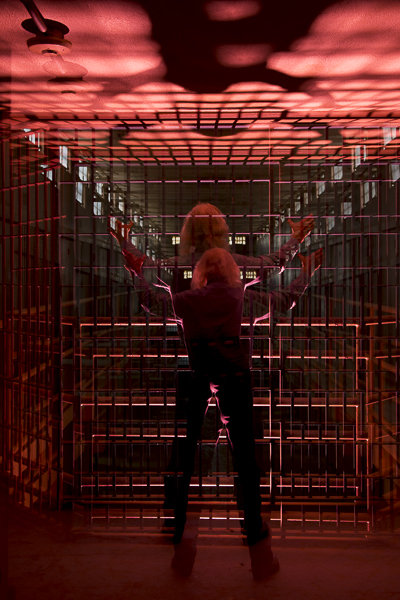
All photos copyright Dan Biggerstaff Photography. All rights reserved © 2014
